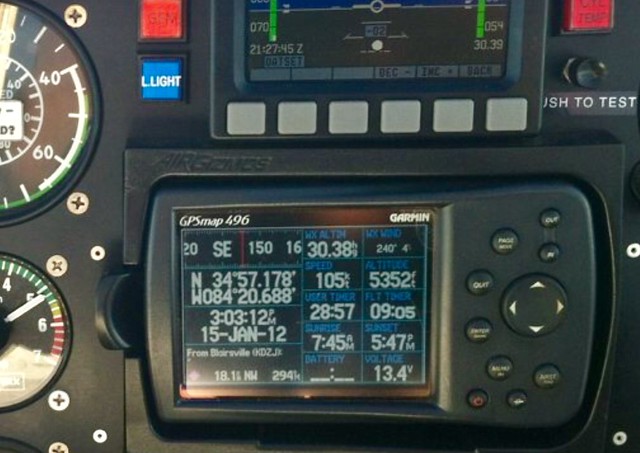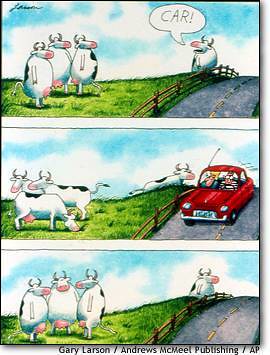LongRoadBob
Cleared for Takeoff
would really like to hear from experienced pilots as to how you check wind direction.
In the absence of actual wind direction (and strength) items like wind socks, etc.
Say you experience engine out while flying. You have gone through the checklist, tried to restart, no go. In our emergency checklist, next up (establish best glide is first item on the checklist) is "find suitable field" then "check wind direction"
I know of smokestacks being pretty good, have read of other possible such as dust blowing, trees, wheat fields blowing in the wind, etc.
What I have no idea of is 1) other than smokestacks, what are usually the easiest to read, when wind is ten knots or so? And 2) I'm guessing altitude has a lot to do with it. But you'd want to know ASAP too, so indicators at lower AGL would be a little late to adjust planning I guess. Which indicators can be seen at say 1000 or 2000 feet?
Also, in non emergency, say a small airfield, power is ok, but no wind sock, etc.
Here you would have the luxury of being able to wait to judge wind. Do you guys ever box the compass (I think it is called) flying arch main direction to see how or if you drift to judge wind direction and strength?
Also are there any things that can mislead? I was thinking trees, sometimes sway in the wind but maybe spring also back the opposite direction when if the wind is volatile?
In the absence of actual wind direction (and strength) items like wind socks, etc.
Say you experience engine out while flying. You have gone through the checklist, tried to restart, no go. In our emergency checklist, next up (establish best glide is first item on the checklist) is "find suitable field" then "check wind direction"
I know of smokestacks being pretty good, have read of other possible such as dust blowing, trees, wheat fields blowing in the wind, etc.
What I have no idea of is 1) other than smokestacks, what are usually the easiest to read, when wind is ten knots or so? And 2) I'm guessing altitude has a lot to do with it. But you'd want to know ASAP too, so indicators at lower AGL would be a little late to adjust planning I guess. Which indicators can be seen at say 1000 or 2000 feet?
Also, in non emergency, say a small airfield, power is ok, but no wind sock, etc.
Here you would have the luxury of being able to wait to judge wind. Do you guys ever box the compass (I think it is called) flying arch main direction to see how or if you drift to judge wind direction and strength?
Also are there any things that can mislead? I was thinking trees, sometimes sway in the wind but maybe spring also back the opposite direction when if the wind is volatile?




